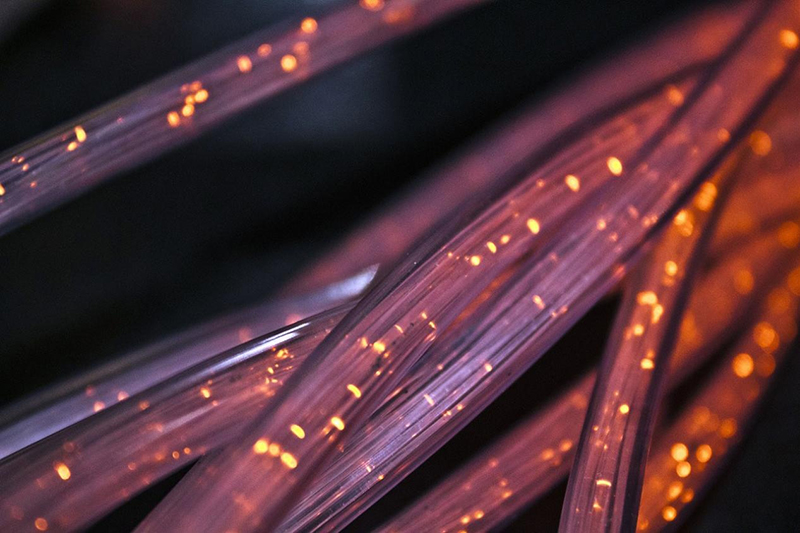News
Column Classification

Release time: 2024-03-18

1. Poor insulation caused by aging
It mainly occurs in the later stage of the service life of cables, normally running at 15 years or later. This issue is mainly divided into dendritic aging, electric heating aging, and insulation material aging.
Overload is an important factor in cable overheating. Cables constantly subject to the effect of electricity and heat, will trigger degraded insulation strength or an increase in dielectric loss, ultimately causing insulation collapse and aging issues. The main reasons are:
(1) Cables running at over-voltage due to improper selection of cable type;
(2) Premature aging due to long-term heating as cables installed nearby heat source.
(3) Premature aging due to cables installed in an environment that chemical reactions with insulation material happens.
(4) When multiple cables are running in parallel, one or more cables have poor contact, causing overload to the rest cables;
(5) the cable connection pipe is not firmly pressed, causing an increase in contact resistance and leading to overheating.
2. Accessory issues
The intermediate joints and terminal caps of cables are normally mounted by assembly workers, a slight negligence can easily lead to defective cables. During the manufacturing process, defects such as bubbles, moisture, and impurities appear inside the accessories, leading to partial discharge and insulation breakdown, mainly reflected in:
(1) intermediate joints and terminal caps are roughly made
(a) When peeling off the outer semiconducting layer, the lower insulation layer might be damaged, or semiconductor particles or dusts falls on the insulation surfaces.
(b) The poor crimping process of metal connecting pipe can cause excessive contact resistance and heating of the joints, or excessive thermal shrinkage.
(c) Both of the assemble process of cable joints and the sealing, do not meet relevant standards.
(d) The poor manufacturer processing of the conductor connecting tube.
(e) The wrong installation size.
(f) The connection grounding wire is unreliable and does not meet the grounding resistance requirements.
(2) Thermal expansion and contraction of the cable occur due to unstable load and environmental factors..
(3) During the production of cable caps, reliable dehumidification and moisture removal measures were not taken.
3. External protective layer issues
There are three main causes of cable outer sheath failure:
(1) Hard objects or external forces caused cable damage.
(2) Defects and hidden dangers left during construction.
(3) Decayed due to white ants.
Countermeasures
(1) Choose cables that meet the required voltage levels, and avoid cables working under long-term overvoltage conditions.
(2) The selection of cable path should avoid external environmental influences such as overheating, corrosion, and external force damage.
(3) Strengthen the selection of cables and cable accessories, manufacturer supervision, and accessories on-site inspection.
(4) Strengthen personnel training to assemble workers.
(5) monitoring in various aspects, strictly control quality. If necessary, past photos or upload videos.
(6) By utilizing advanced online monitoring technologies, detect hidden defects in advance and avoid power outage accidents.
The safe operation of cables directly affects the entire power grid. Only by strengthening quality control and acceptance checks in cable production, transportation, laying, installation, testing, inspection, and other aspects can guarantee long-term safe running.
